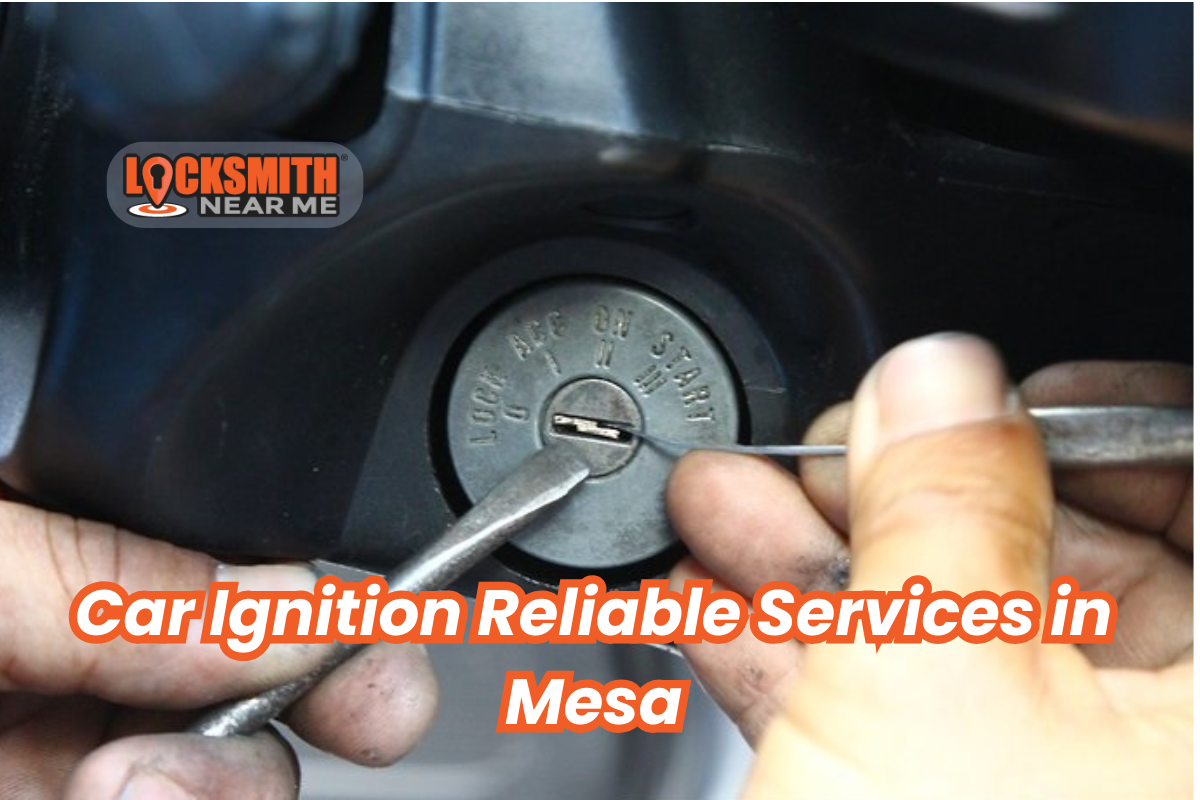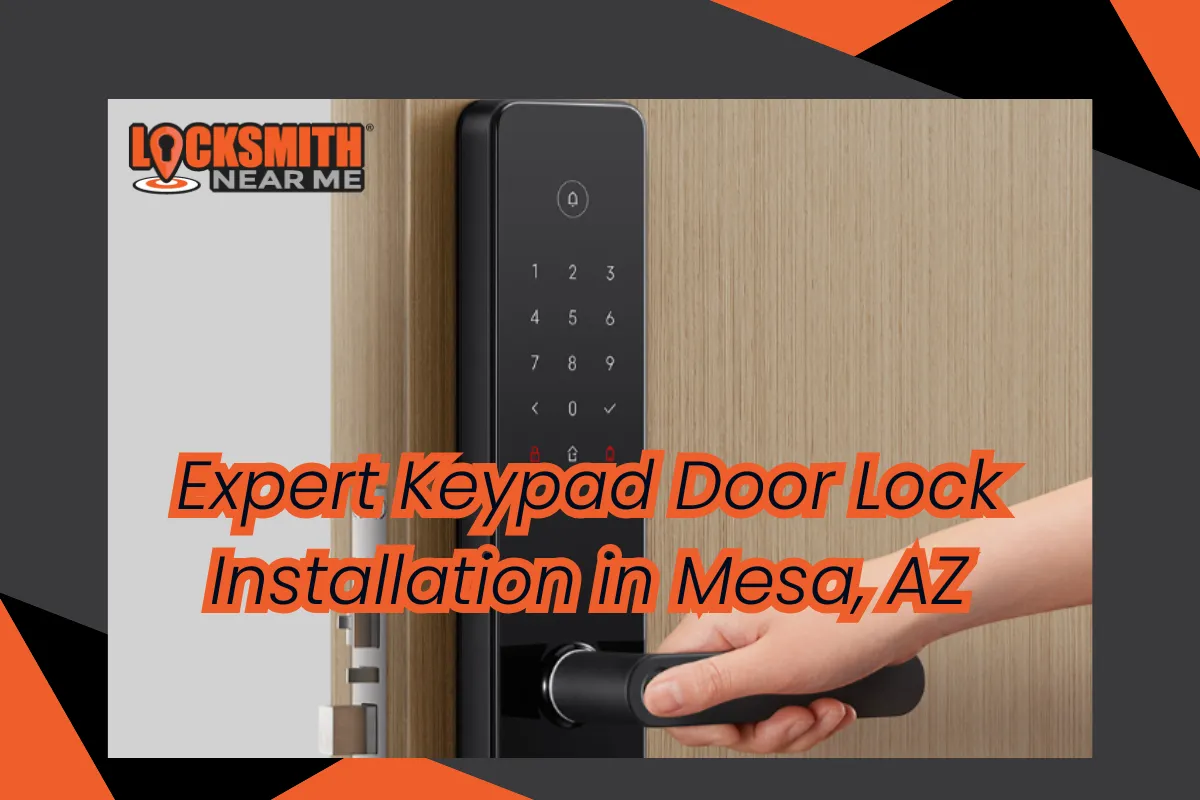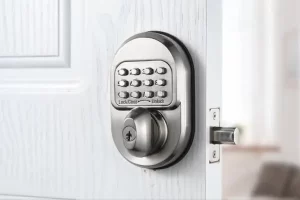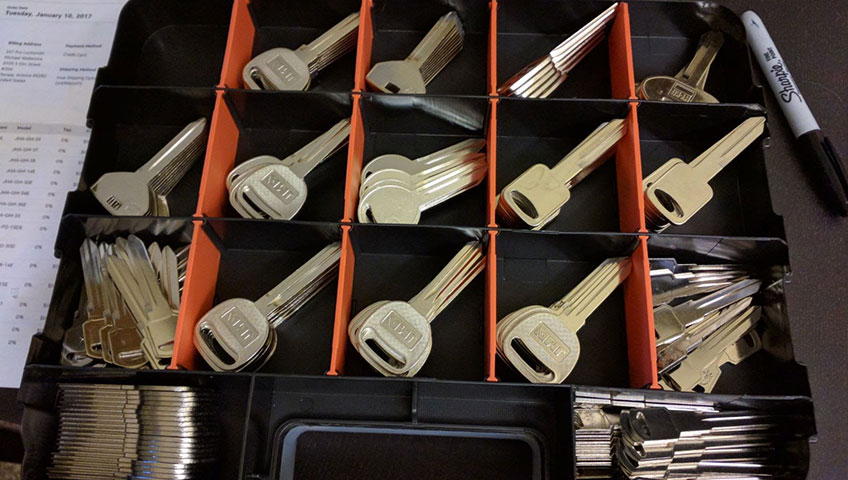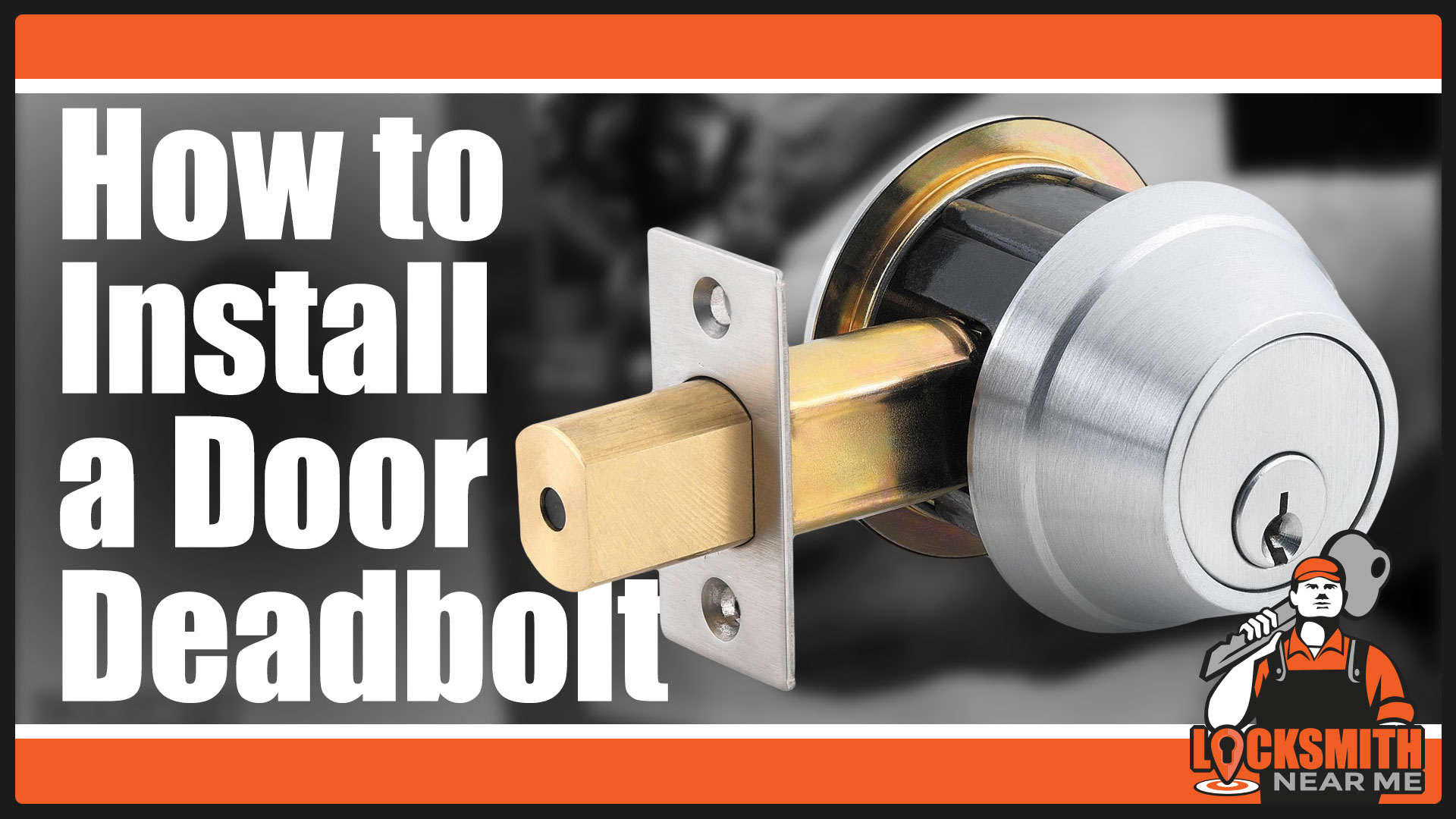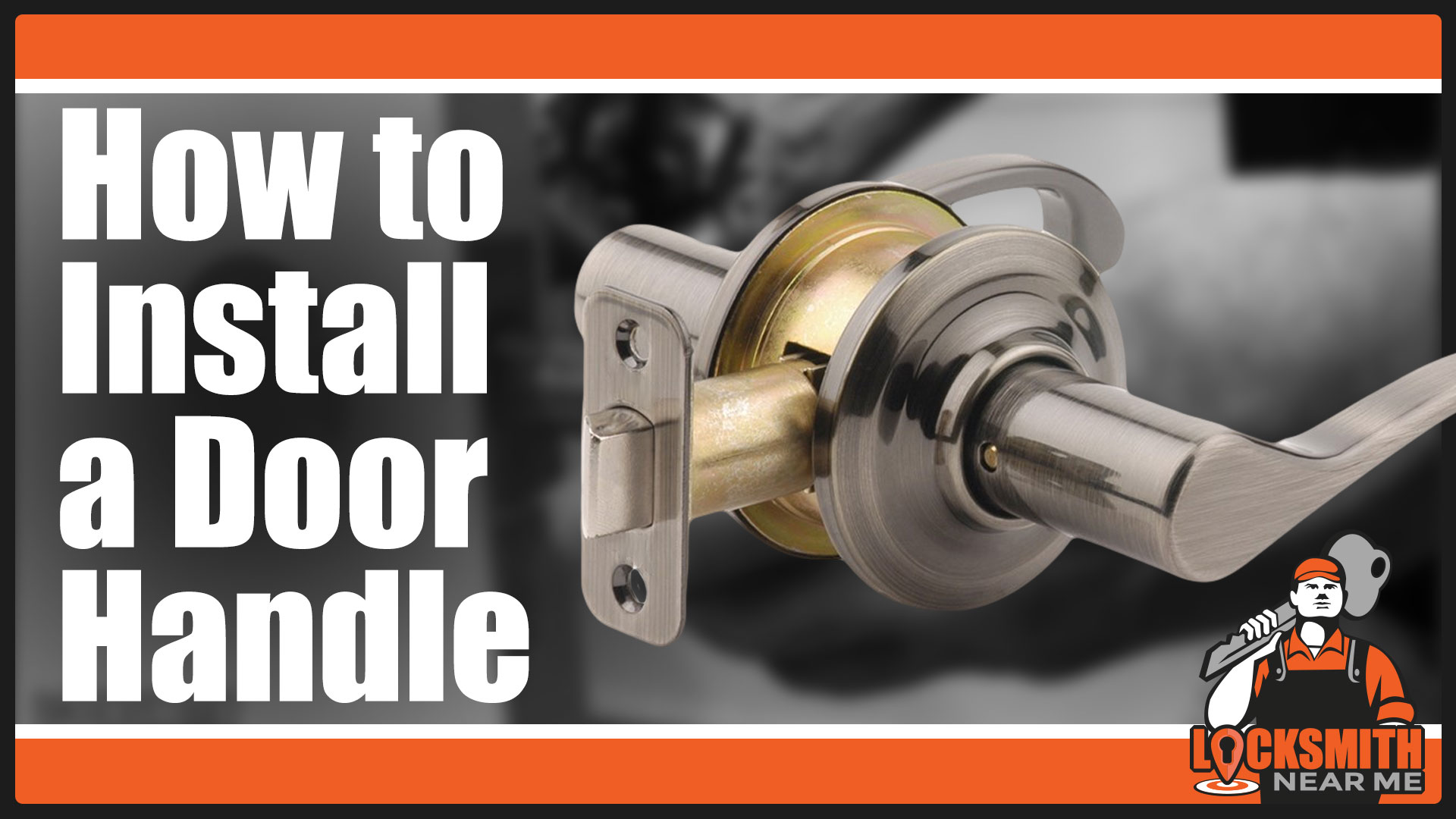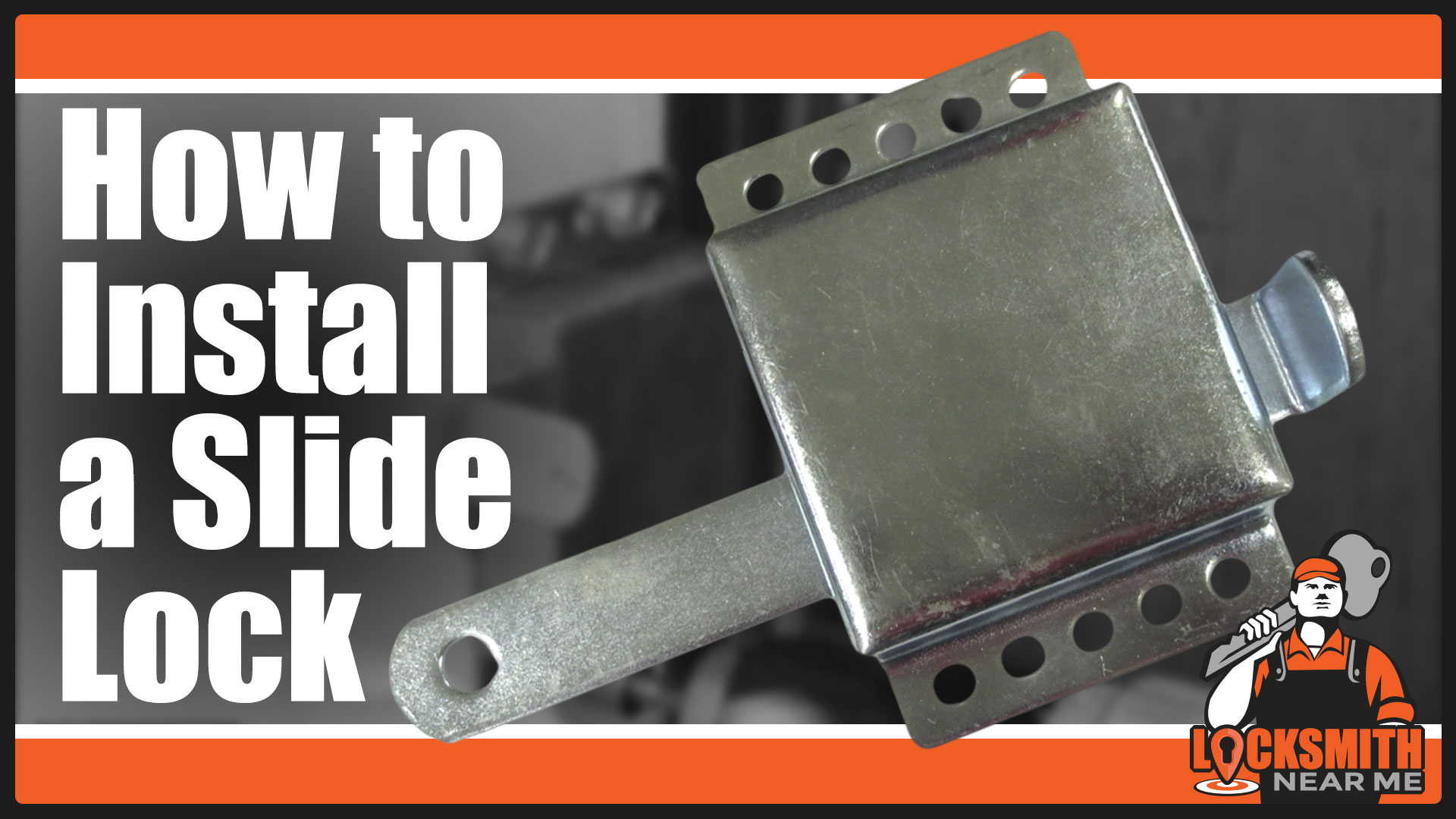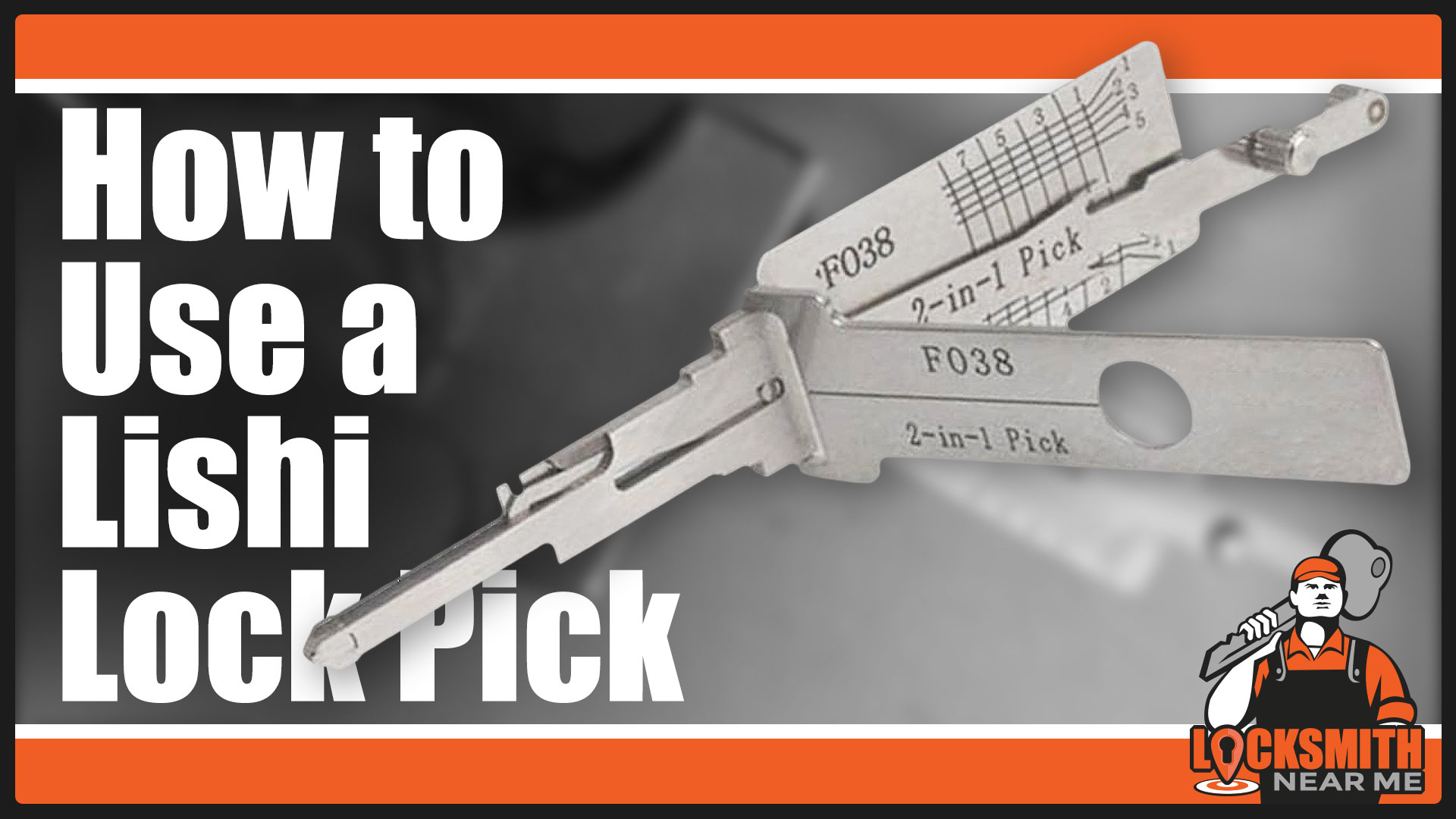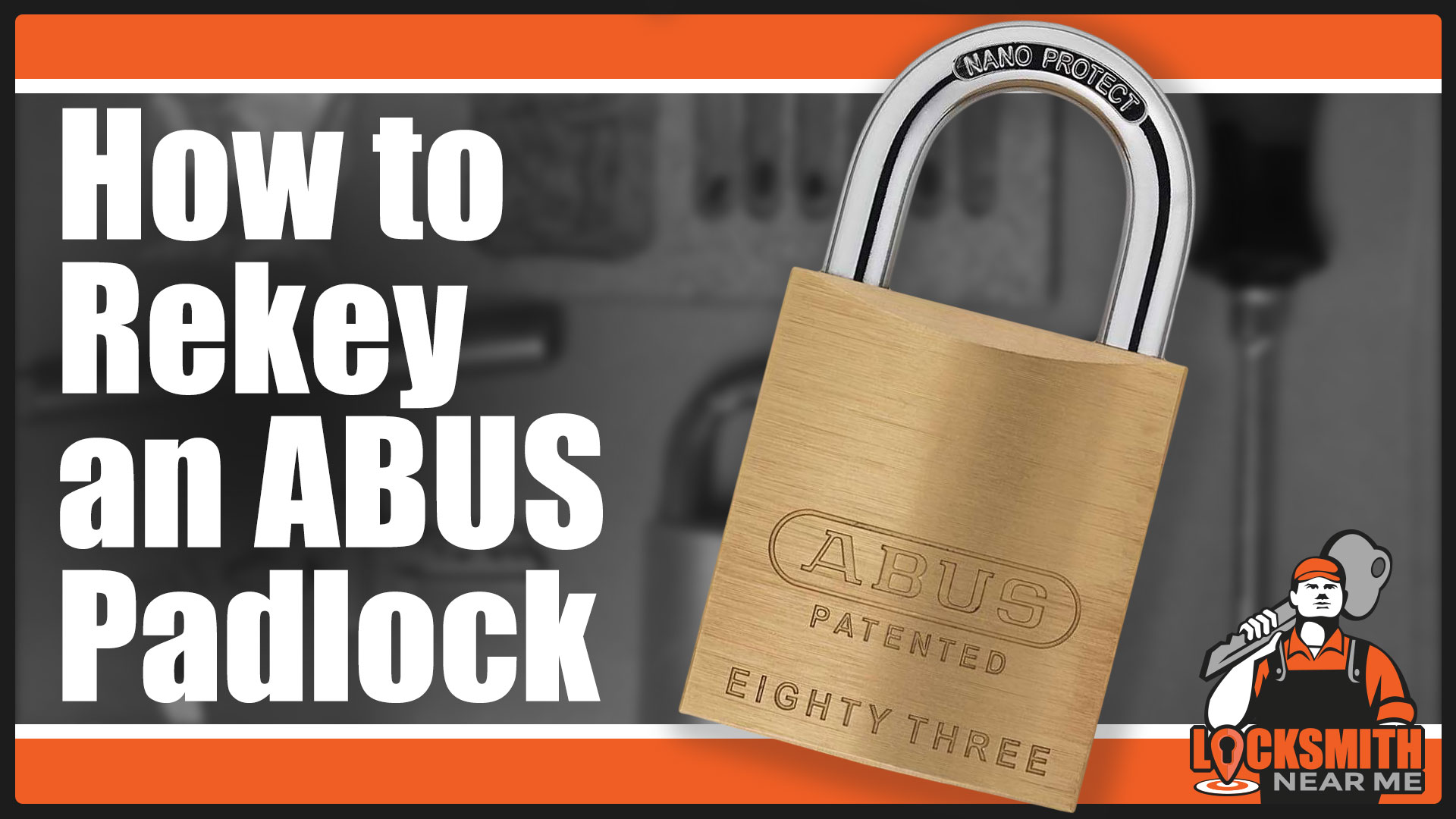Are you moving to a new house? Maybe you have a new roomie or could only be for safety purposes? Knowing how to change your door locks is indispensable. It isn’t as difficult as we thought! Keep reading to know the step by step procedure to change door locks!
How to Change a Knob Lock
Grab a Phillips head screwdriver. Use this to remove the screws on the inside knob plate. Pull each side’s doorknob away from the door.
In case your knob has no screws on it, the use of a wire tool or a simple paper clip would be necessary. Use the paper clip to release the knob latch by inserting it into the doorknob’s small hole that you can see on its side. Now, you can pull off the knob.
Measuring the diameter of the lock’s hole as well as the distance from its center to the door’s edge is the next step after you have removed the knobs. Make sure to purchase the same brand of your current lock. Also, buy a new lock that matches the measurement of your current lock. This way, you can install your new lock in the existing holes. It will most likely fit the hole’s dimensions.
You can purchase locks online, home improvement stores, hardware stores, or at your nearest locksmith shops.
Next, loosen the two screws holding the latch plate. Once the screws are removed that hold the latch at the edge of the door, you can easily slide it out.
Your purchased new lock comes with a cardboard template. The cardboard template will show you how the lock will fit the door. Enclose this at the door edge. When you are placing the cardboard template over the door’s hole, make sure that all match up. If not match, you purchased the wrong lock.
After your cardboard template matches up, put the new latch into the opening at the edge of your door. Drive and tighten the screws. Make sure you are using new screws because reusing the old ones is not ideal as they are old and maybe weaker.
Finally, it’s time to place the knobs by sliding them through the lock hole toward each other. The outside knob is the one with the keyhole, put it on its respective side. On the other is the inside knob. Slide them through the lock hole toward each other, meeting in the middle and finally connect. Allow the knobs to slide and connect easily. Put the lock back together by driving the screws into the holes on the inside doorknob place.
Change Door Locks: How to Rekey a Lock
You can do rekeying using a kit tagged for its brand if in case you love your existing knobs. This way, you will also do not have to replace the entire lockset.
Always make sure to check your lock’s brand, and then you can buy a kit labeled for it. Rekeying kits work for its specific brand and usually do not work for other locks, so purchasing a rekeying kit that matches your lock’s brand is necessary. You can purchase a rekeying kit online, home improvement stores, hardware stores, or at your nearest locksmith shops.
The next step you need to do is to remove the exterior doorknob by using a wire-like tool that comes with your purchased rekeying kit. Alternatively, you can use a pin to remove the knobs. Unlock the door by inserting your key. Then put the pin into the hole that you can see on the side of the interior doorknob. Now you can pull the outside knob.
In case your lock doesn’t have a small hole, it is best just to replace the whole lock because rekeying will be much complicated for you to do and better off just hiring a locksmith to do it professionally.
Search inside the knob for any plastic sheets or metal that put the lock cylinder in place after you have removed the exterior lock. Slide the plastic sheets or metal, and then put pressure on the key that you inserted into the keyhole in the previous steps. This will allow you to pop the cylinder out of the back of the knob.
Next is you will see a retainer ring that holds or secure the cylinder housing. Grab the wrench-like tool from your rekeying kit. The next step is to slide the tool around the ring and carefully turn the tool to pop the cylinder retainer ring off.
Refer to your rekeying kit again and look for a tube-shaped tool or a cylinder follower. Use the tool to push it through the cylinder housing from the side, which is the opposite of the keyhole. This will allow you to pop the cylinder plug out of the housing.
Make sure to put steady pressure, and the plug and tool are always in contact as you slide the cylinder plug out so that the springs and lock pins do not scatter or fly everywhere.
You will see pins on your cylinder plug. Remove them. Refer to your kit the instructions on how to remove your cylinder plugs old pins.
After removing the old pins from your cylinder plug, put in your new key into the keyhole. You can find the key in the kit. It will also come with numbered or colored pins as well as code instructions. Insert the pins into its corresponding plug slots to match the code in the instructions. When the pins are correctly installed, you will notice that they flush with the plug’s surface and not sticking out over their respective slots.
Shove the cylinder plug back into its housing after installing all the pins. Next is slide the retainer ring back into its place then pop the cylinder into the doorknob. Put back metal or plastic sheets that will hold and secure the cylinder.
Finally, reassemble the exterior doorknob by pushing it into its place in the lock and then carefully rotate the key until the knob locks into place.
Change Door Locks: How to Replace a Deadbolt
Worry no more if your knob lock is in excellent condition, but your deadbolt needs to be changed because replacing a deadbolt is way more relaxed compared to switching out your doorknobs! The following are steps to replace a deadbolt.
First, you have to remove the screws on the inside plate. Next is to remove the deadbolt’s interior faceplate out by pulling it or rotating counterclockwise. Make sure to hold on the exterior faceplate when removing the interior because it might fall on the floor since some models do not screw it into place. Then remove the outer plate by pulling or twisting it.
Remove the screws fastening the set plate and bolt to the edge of the door. Drive the screws and then pull out the set plate and bolt. Finally, you are done uninstalling your old deadbolt.
Now that you disassembled your old deadbolt, pop out the cylinder housing from the outer faceplate, and then you have to rekey it just like how you would rekey a knob lock that we learned previously on this blog. In case you lost the key, a locksmith can help you make a new key. You just have to bring the parts to the locksmith.
Now it is time to assemble the new deadbolt’s set plate and bolt! In case you are changing the entire lock, make sure to begin by inserting the bolt into the hole at the edge of the door where your old bolt fits. But if your plate and bolt are two separate components, put the new set plate over the cut on the side of the door where your old plate is located.
Secure the new lock by screwing through the set plate to the door. Make sure the screws you are using are new, and it would be best if they match your lock’s color.
To complete your new deadbolt‘s installation, attach the new faceplates, both interior, and exterior, on their respective sides and holes in the door. Drive the screws through the holes in the internal plate, through the holes in the bolt, and into the exterior plate until they are tightly attached.
There you have it! Now you already learn how to change door locks, depending on the type of lock you are using. Apply these steps if you are trying to change the door locks yourself!
Don’t have time to do it yourself?
Locksmith Near Me has mobile locksmiths available now to install, repair, rekey or upgrade your door locks. For immediate service or to schedule locksmith service, give us a call now at (844) 234-5400.

